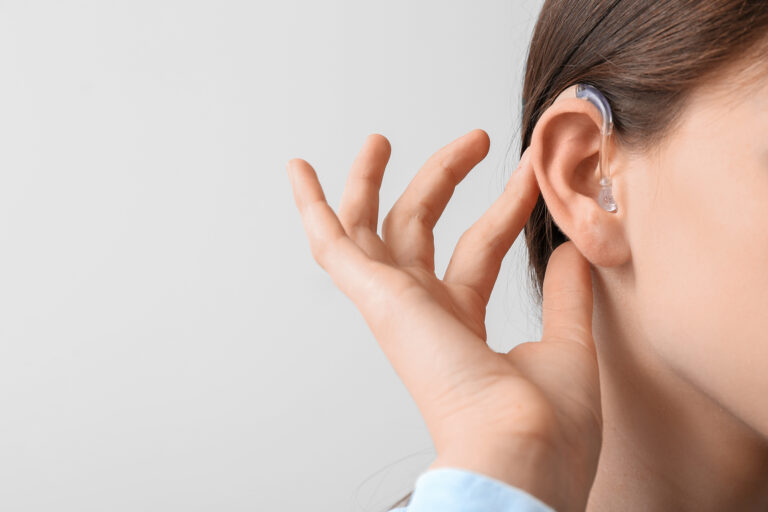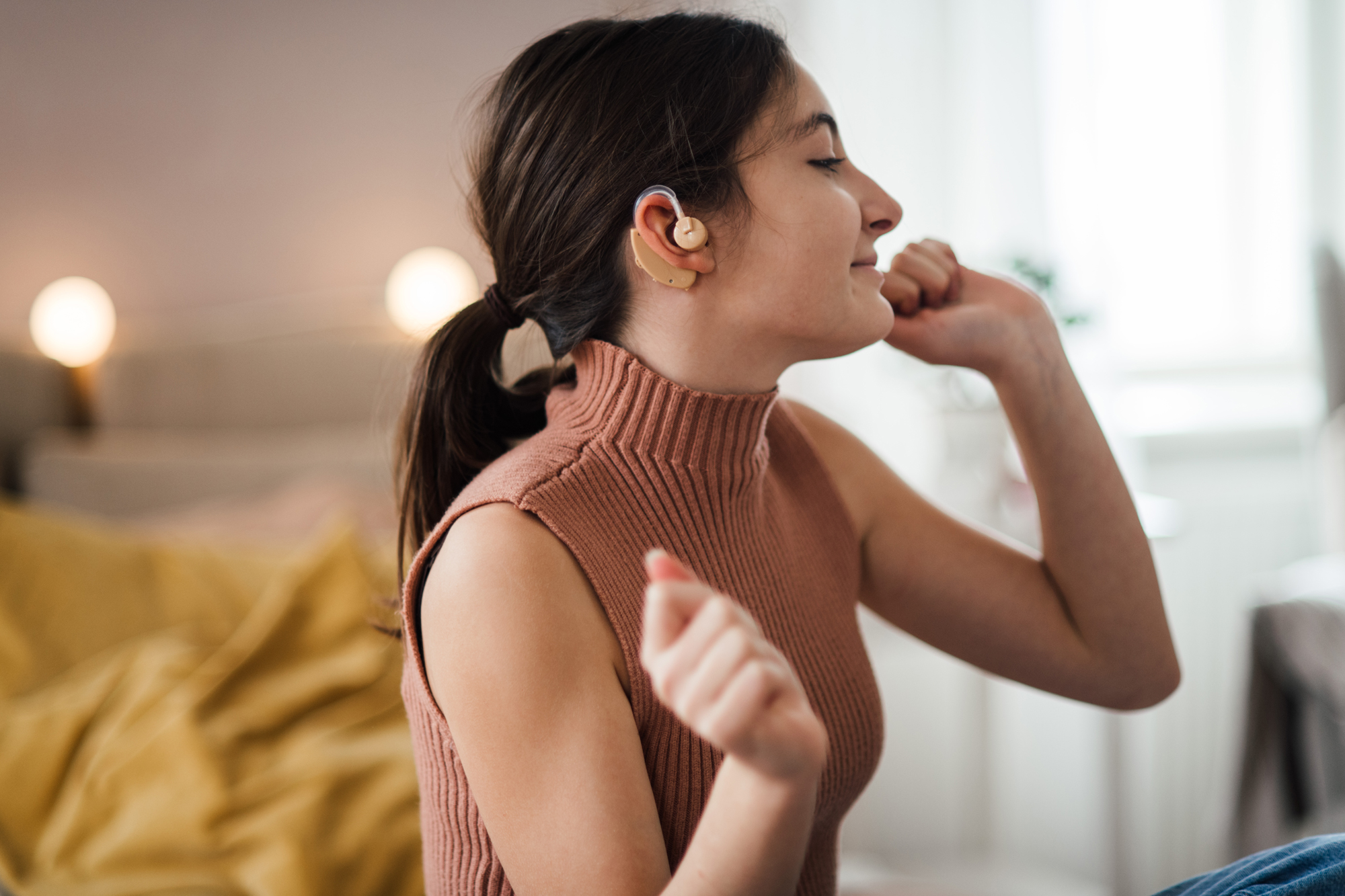In an increasingly noisy world, the importance of hearing aids cannot be overstated. These remarkable devices have revolutionized the lives of millions by restoring and enhancing their ability to hear and connect with the world around them.
One of the leading causes of hearing loss is noise-induced hearing loss (NIHL), which occurs due to prolonged exposure to loud sounds. Whether it’s from workplace environments, recreational activities, or everyday noise pollution, NIHL can significantly impact our lives and mental well-being.
The symptoms of NIHL can range from mild to severe, including conditions such as tinnitus. Understanding the risks, symptoms, and preventive measures of NIHL is crucial in safeguarding our hearing health and seeking appropriate interventions such as hearing aids.
When it comes to addressing hearing loss, there are several types of hearing aids available on the market. Each type has its own unique features and benefits that cater to different individuals with varying types of hearing loss. In this blog post, we will explore the different types of hearing aids and help you understand which one might be best for you.
Are All Hearing Aids the Same?
Contrary to popular belief, not all hearing aids are the same. There are various types of hearing aids that are designed to meet different needs and preferences. Understanding the differences between these types can help you make an informed decision when choosing the right hearing aid for yourself or your loved ones.
Different Types of Hearing Aids
Let’s look into the different types of hearing aids that there are:
Behind-the-Ear (BTE)
This type of hearing aid is worn behind the ear and is connected to a custom earpiece that fits inside the ear canal. BTE hearing aids are suitable for individuals with mild to severe hearing loss and offer excellent sound quality and amplification.
In-The-Ear (ITE)
ITE hearing aids are custom-made to fit inside the outer ear. They are suitable for individuals with mild to severe hearing loss and offer a more discreet appearance compared to BTE hearing aids. ITE hearing aids can be further categorized into different styles, such as completely-in-the-canal (CIC) or in-the-canal (ITC), depending on the level of visibility desired.
Recieve-In-the-Ear (RITE)
RITE hearing aids are similar to BTE hearing aids but have a smaller and more discreet design. The receiver, which is responsible for delivering sound to the ear, is placed inside the ear canal. RITE hearing aids provide excellent sound quality and are suitable for individuals with mild to moderate hearing loss.
Custom Hearing Aids
Custom hearing aids are individually crafted to fit the unique shape and size of an individual’s ear. They offer a comfortable and secure fit and are available in various styles, including in-the-ear (ITE), in-the-canal (ITC), and completely-in-the-canal (CIC). Custom hearing aids are suitable for individuals with mild to severe hearing loss.
Which Hearing Aid Is Best for Me?
Determining the best hearing aid for you depends on various factors, including the degree of hearing loss, lifestyle, and personal preferences. It is crucial to consult with a hearing healthcare professional who can assess your specific needs and guide you in selecting the most suitable hearing aid for your unique circumstances.
What Hearing Aid Accessories Should You Consider?
In addition to the hearing aid itself, several accessories can enhance your hearing experience. Some common hearing aid accessories include remote controls, Bluetooth connectivity devices, rechargeable batteries, and cleaning kits. These accessories can improve the functionality and convenience of your hearing aid, allowing you to enjoy the benefits of improved hearing fully.
Great Hearing Benefits Is Here to Help
At Great Hearing Benefits, we understand the importance of addressing hearing loss and finding the right hearing aid for your needs. Our knowledgeable professionals are dedicated to helping you navigate the world of hearing aids and accessories. Contact us today to schedule a consultation and take the first step towards better hearing and a better quality of life.



